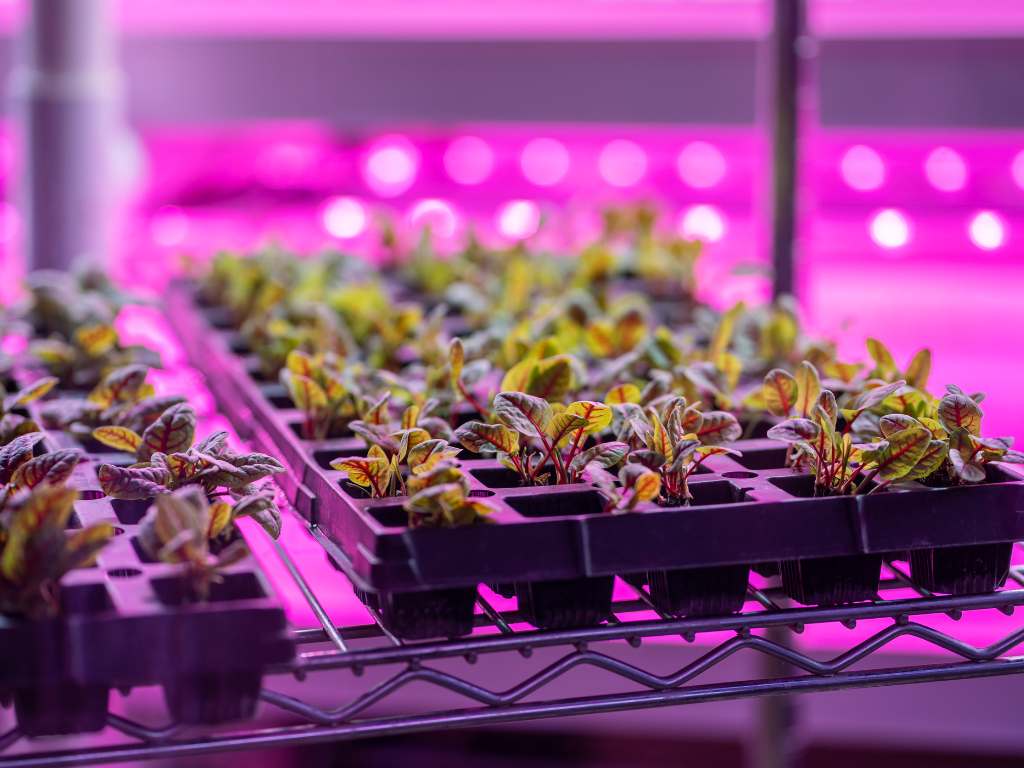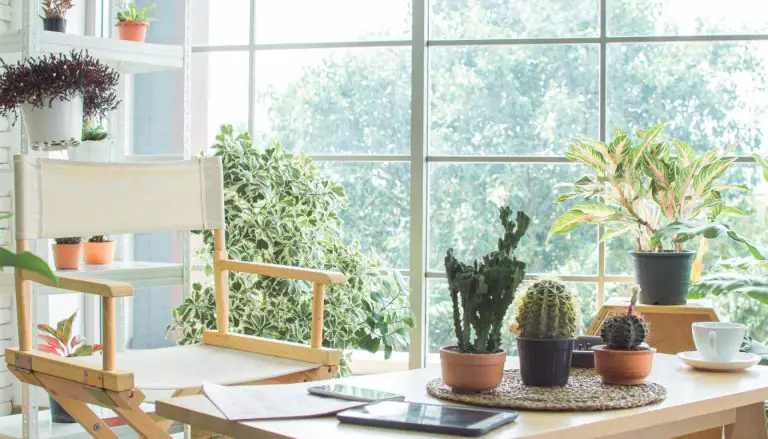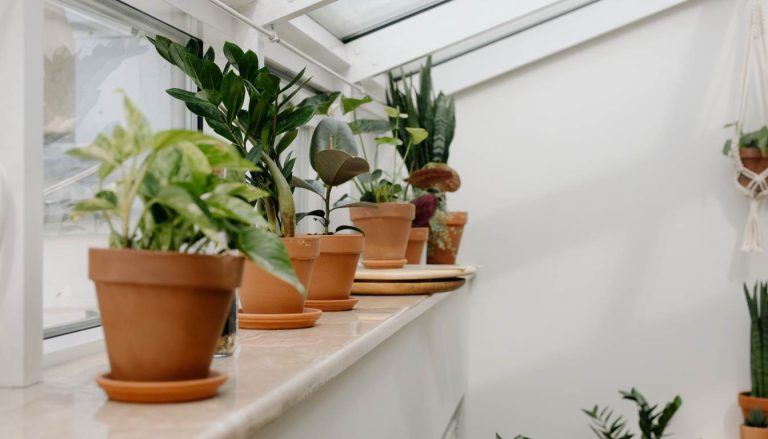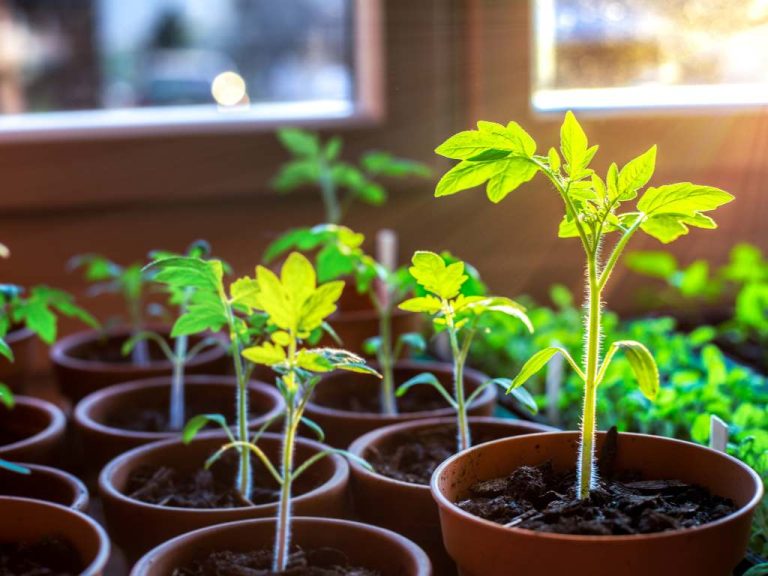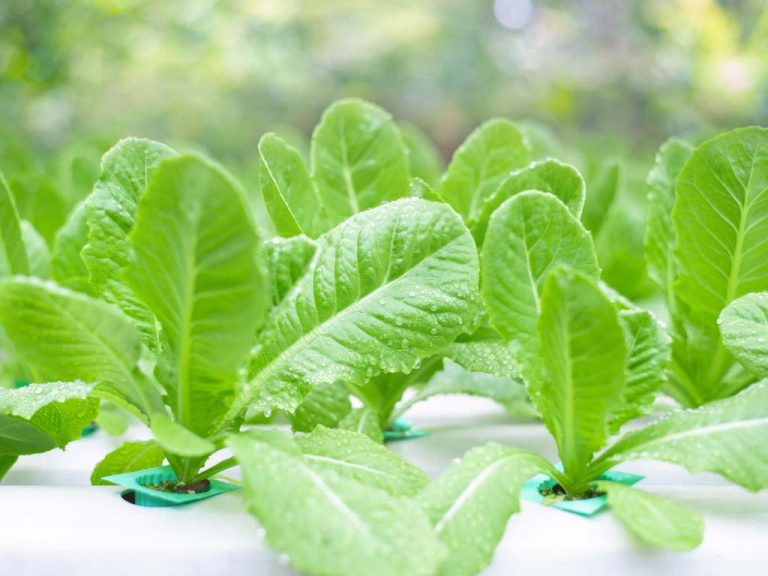Discover What Vegetables Can You Grow Indoors: Indoor Gardening Guide
Yes, you can grow a variety of vegetables indoors including lettuces, arugula, spinach, kale, carrots, radishes, beet greens, tomatoes, peppers, and more. Indoor food growing is a fun and practical way to enjoy fresh produce all year long.
With basic shop lights and the right conditions, you can successfully grow a thriving indoor garden. However, it’s important to manage your expectations as some vegetables are easier to grow indoors than others. Leafy greens and herbs are generally the easiest and fastest-growing options.
Read – Indoor Gardening Grow Lights
Key Takeaways:
- Indoor gardening allows you to grow a variety of vegetables all year round.
- Leafy greens and herbs are the easiest vegetables to grow indoors.
- With basic shop lights and proper conditions, you can have a thriving indoor garden.
- Managing your expectations is crucial as some vegetables are more challenging to grow indoors.
- Indoor vegetable gardening is a practical and rewarding hobby.
Easy Indoor Vegetables to Grow
If you’re new to indoor gardening and eager to start growing your own fresh produce, you’ll want to begin with easy-to-grow vegetables. These vegetables require less maintenance and are more forgiving, making them perfect for beginners. Let’s explore some of the best vegetables to grow indoors:
Lettuce, Spinach, Kale, and Arugula
Leafy greens like lettuce, spinach, kale, and arugula are excellent choices for indoor gardening. They are fast-growing and can thrive in compact spaces. These greens don’t require much light and can be grown with basic shop lights. Plus, you can harvest these vegetables at any time, allowing you to enjoy fresh salads all year long.
Carrots and Radishes
Root vegetables like carrots and radishes can also be grown indoors. While the size of the roots may be smaller compared to those grown outdoors, they are still packed with flavor. Carrots and radishes are great for snacking or adding a pop of color to your dishes. Just make sure to choose varieties that are suitable for indoor cultivation.
Microgreens
Microgreens are the way to go if you’re looking for a quick and rewarding indoor vegetable. These tiny greens are harvested at an early stage, usually within 7-14 days of sprouting. They are packed with nutrients and add a burst of flavor to salads, sandwiches, and soups. Some popular microgreens include broccoli, radish, and sunflower.
Tips for Indoor Vegetable Gardening
Indoor vegetable gardening is a rewarding and convenient way to grow your own fresh produce. To ensure success with your indoor garden, here are some helpful tips:
1. Choose the Right Vegetables
When selecting vegetables for indoor cultivation, opt for varieties that are well-suited for growing in limited space and controlled environments. Leafy greens like lettuce, spinach, and kale, as well as herbs like basil and parsley, are excellent choices. They are fast-growing and don’t require a lot of space or sunlight.
2. Provide Adequate Lighting
Indoor vegetable plants rely on artificial lighting since natural light indoors may not be sufficient. Invest in full-spectrum grow lights or LED lights specifically designed for plants. Position the lights so that they cover the entire garden area and adjust the height as your plants grow.
3. Control Temperature and Humidity
Most indoor vegetable plants thrive in temperatures between 60-75°F (15-24°C). Keep in mind that different vegetables may have specific temperature requirements, so it’s essential to research the optimal temperature range for each plant variety. Additionally, monitor and maintain proper humidity levels to prevent issues such as mold and mildew.
4. Water Properly
Proper watering is crucial for the health of your indoor vegetable plants. Avoid overwatering, which can lead to root rot, and under-watering, which can cause wilting and stunted growth. Check the soil moisture regularly and water when the top inch of soil feels dry. Use a watering can or spray bottle to gently water your plants, ensuring that the water reaches the roots.
Read – DIY Automatic Watering System For Indoor Plants
Recommended Indoor Vegetable Plants
If you’re looking to start an indoor vegetable garden, here are some recommended plants that are well-suited for indoor cultivation:
1. Tomatoes
Tomatoes are a popular choice for indoor gardening. There are many varieties available that are specifically bred for indoor cultivation. They require good lighting and support for their vines to climb, but with proper care, you can enjoy fresh tomatoes right from your indoor garden.
2. Peppers
Peppers, both sweet and hot varieties, can thrive indoors. They require a sunny spot and regular watering. With their compact size, they are a great option for smaller indoor gardens.

3. Herbs
Herbs such as basil, parsley, mint, and thyme can be easily grown indoors. They require minimal space and can be harvested as needed for cooking or garnishing dishes.
4. Microgreens
Microgreens are young vegetable greens that are harvested when they are just a few inches tall. They are packed with nutrients and are easy to grow indoors. You can choose from a variety of microgreens like kale, radish, broccoli, and more.
Supplies for Indoor Vegetable Gardening
When starting your indoor vegetable garden, it’s essential to have the right supplies to ensure success. Here are some key items you’ll need:
1. Container or Pots
Choose containers or pots that are suitable for indoor vegetable gardening. Ensure they have drainage holes to prevent waterlogging and use containers of appropriate sizes for the specific vegetables you plan to grow.
Read – Top Indoor Garden Containers
2. Potting Mix
Use a high-quality potting mix that provides good drainage and is enriched with organic matter. This will provide the necessary nutrients for your vegetables to grow healthy and strong.
3. Grow Lights
Since indoor gardens may not receive sufficient natural sunlight, invest in grow lights to provide the necessary light spectrum for your plants. LED or fluorescent lights work well for indoor vegetable gardening.
4. Watering Can or Sprayer
Having a watering can or sprayer will make it easy to water your indoor plants without overwatering. Be mindful of the moisture needs of each vegetable and adjust watering accordingly.
5. Fertilizer
Indoor vegetable plants may require regular fertilization to replenish nutrients in the potting mix. Choose a balanced fertilizer suitable for vegetables and follow the recommended application instructions.
6. Plant Labels
Keep track of your indoor vegetable garden by using plant labels. This way, you’ll know which vegetables are growing where and can monitor their progress.
Getting Started with Indoor Vegetable Gardening
Are you ready to embark on your indoor vegetable gardening journey? With a few simple tips, you’ll be growing fresh and delicious produce right in your own home. Here’s how to get started:
1. Choose the Right Vegetables
When selecting vegetables for indoor cultivation, opt for varieties that are well-suited for indoor growing. Leafy greens like lettuce, spinach, and kale are excellent choices as they thrive in compact spaces. Herbs such as basil, mint, and parsley are also great options. Consider the lighting and temperature requirements of each vegetable to ensure successful growth.
2. Find the Perfect Location
Locate a spot in your home that receives sufficient sunlight or invest in full-spectrum grow lights. Most vegetables require at least 6-8 hours of direct or indirect sunlight to thrive. Ensure the area is well-ventilated and maintain a consistent temperature between 65-75°F (18-24°C). Avoid placing your indoor garden near drafty windows or heating vents.
3. Prepare the Right Growing Environment
Use well-draining soil specifically formulated for container gardening. Select containers that have drainage holes to prevent waterlogging. Provide your plants with the right amount of water, ensuring the soil remains consistently moist but not overly saturated. Consider using organic fertilizers or compost to provide essential nutrients to your plants.
4. Maintain a Careful Routine
Regularly monitor your plants for signs of pests or diseases. Inspect the leaves and stems for any abnormalities and take immediate action if necessary. Prune and harvest your vegetables regularly to encourage healthy growth. Keep an eye on the moisture levels in the soil and adjust your watering schedule accordingly.
FAQ
What vegetables can you grow indoors?
You can grow a variety of vegetables indoors, including lettuces, arugula, spinach, kale, carrots, radishes, beet greens, tomatoes, peppers, and more.
What are the easiest vegetables to grow indoors?
Leafy greens like lettuce, spinach, kale, and arugula are excellent choices as they grow quickly and easily in compact spaces. Root vegetables like carrots and radishes are also easy to grow indoors.
What are some tips for indoor vegetable gardening?
Some tips for indoor vegetable gardening include providing the right conditions, using basic shop lights, managing expectations, and starting with easy-to-grow vegetables.
What are some recommended indoor vegetable plants?
Some recommended indoor vegetable plants include leafy greens, herbs, root vegetables, beet greens, and microgreens. These vegetables are fast-growing and well-suited for indoor cultivation.
What supplies do you need for indoor vegetable gardening?
To start your indoor vegetable garden, you’ll need essential supplies such as containers, potting soil, seeds or seedlings, basic shop lights, and a watering system.
How do I get started with indoor vegetable gardening?
To get started with indoor vegetable gardening, follow these steps: choose your vegetables, gather the necessary supplies, set up your indoor garden area, plant your seeds or seedlings, provide proper care and maintenance, and enjoy your homegrown vegetables.
- 15 Ingenious Kitchen Garden Ideas to Cultivate Freshness Right at Home - April 7, 2024
- 10 Top Picks Best Plants for Open Terrarium - April 2, 2024
- 21 Easy and Cheap Walkway Ideas for a Charming Garden - March 31, 2024

